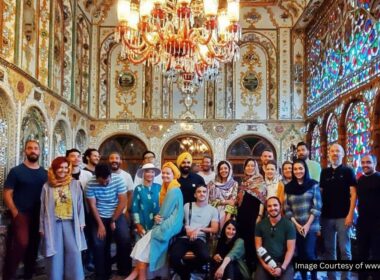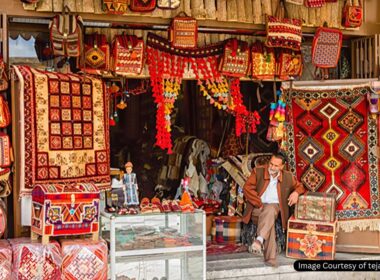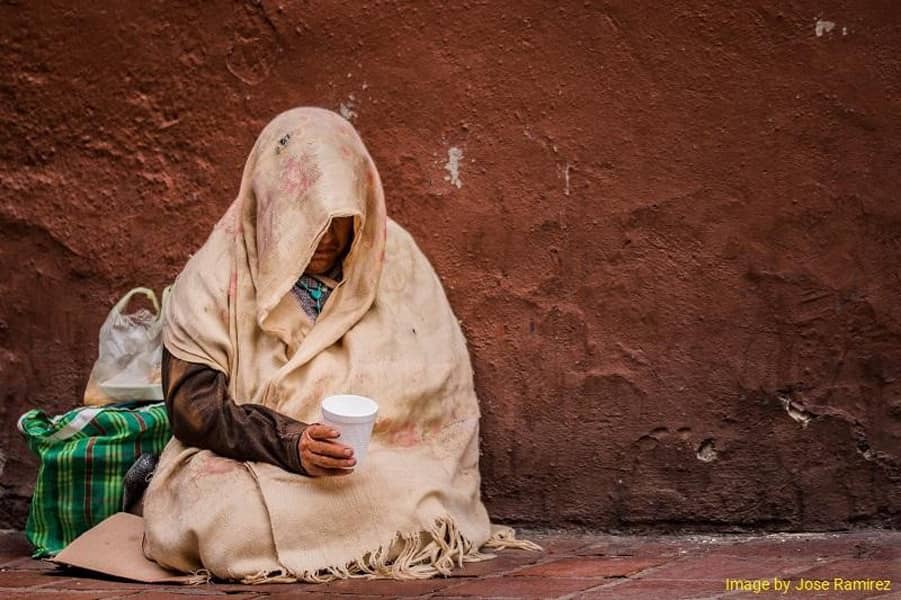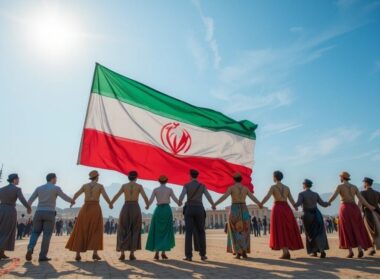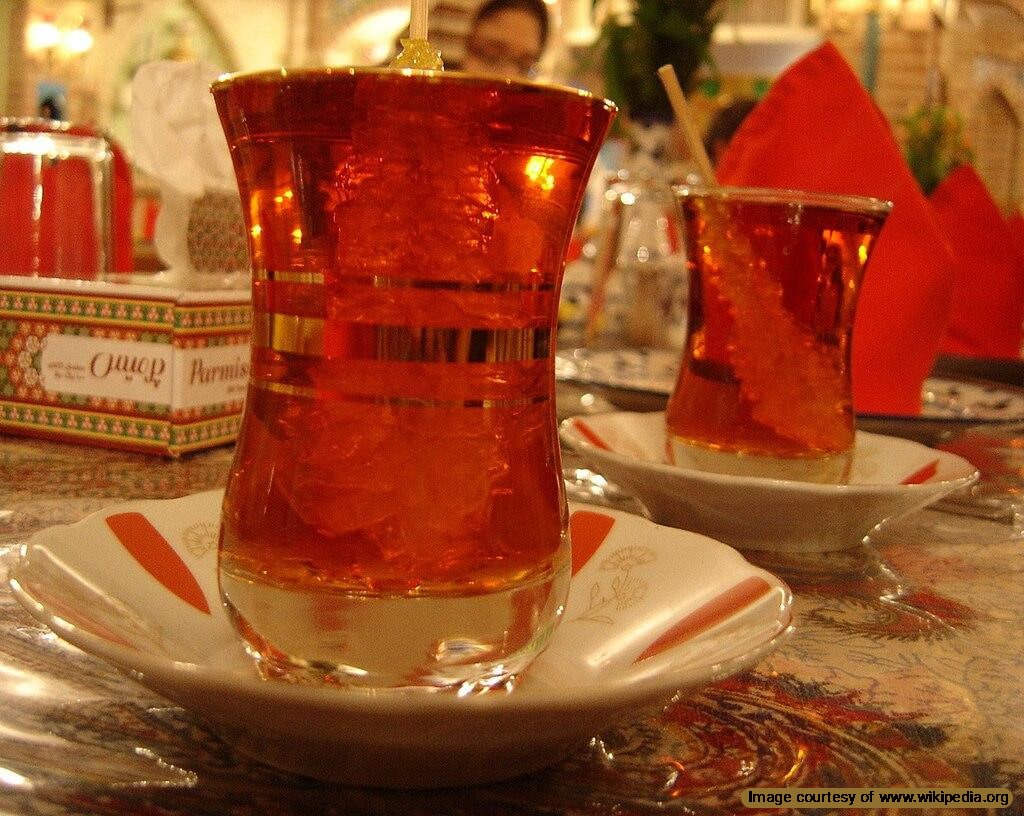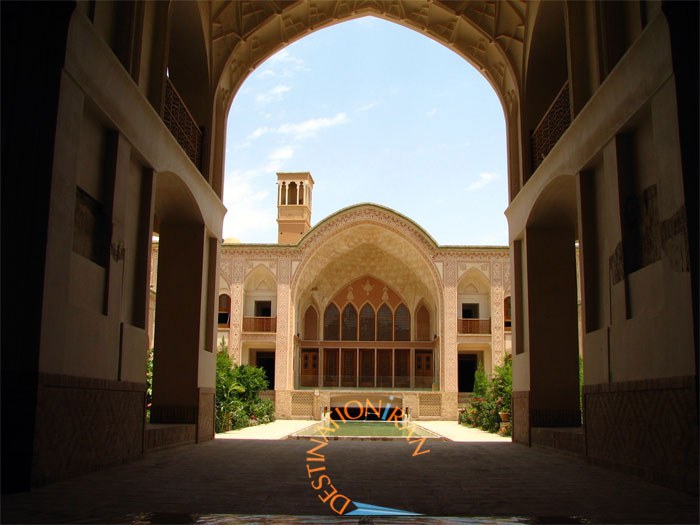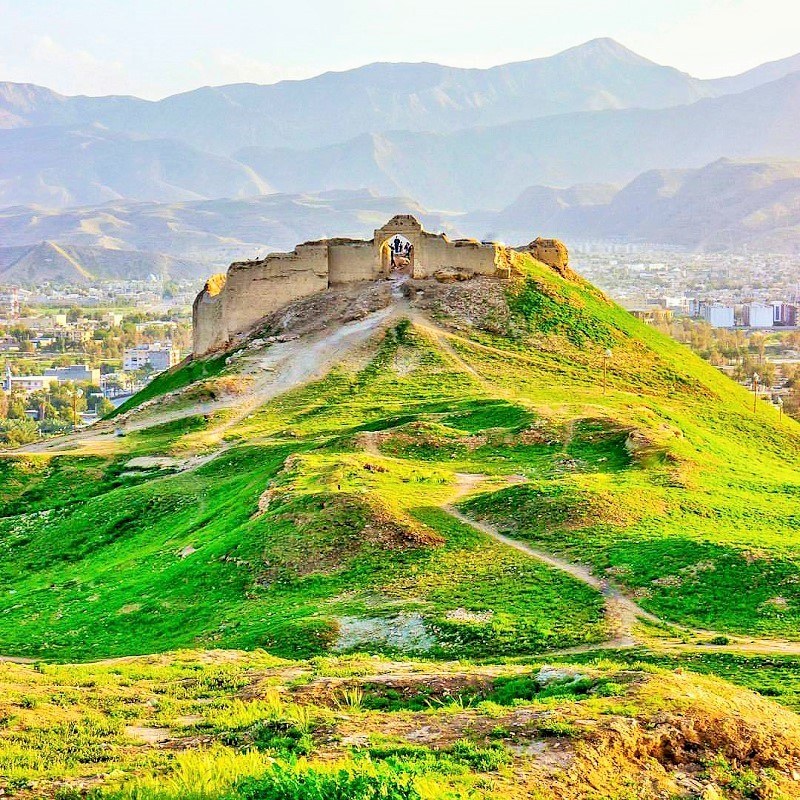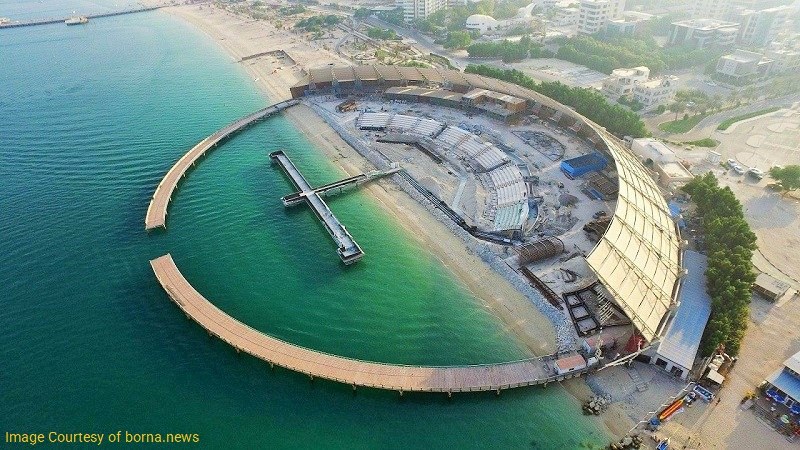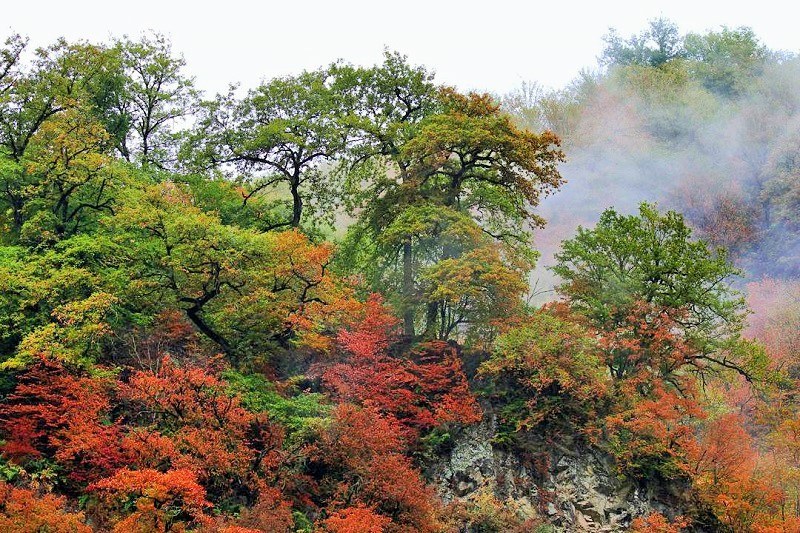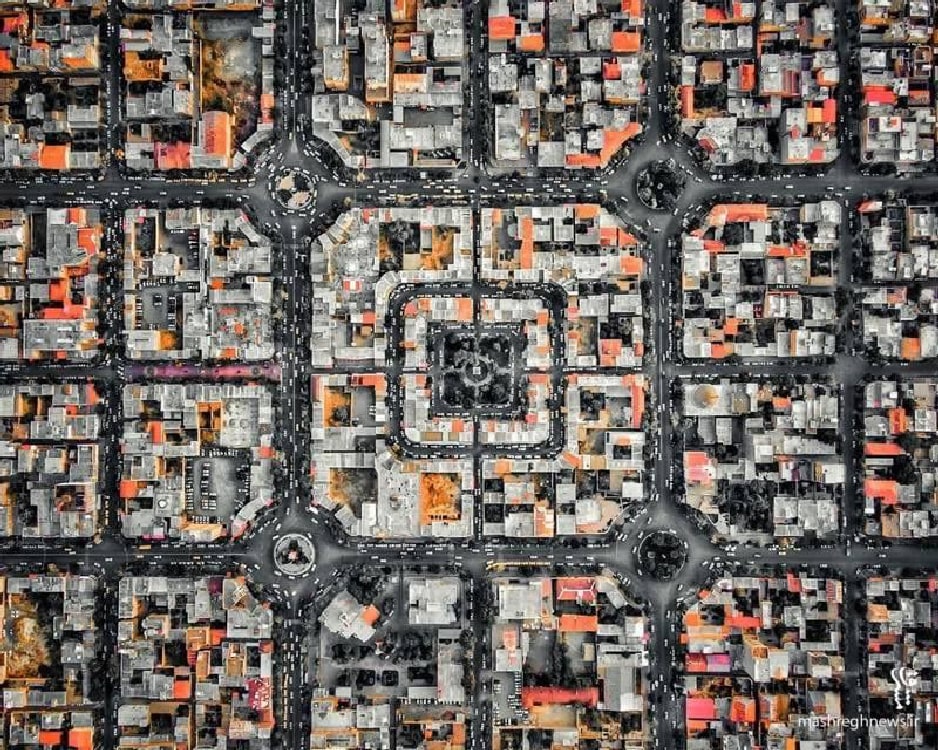
Salmas is a border city in West Azerbaijan province in northwest Iran. In the Pahlavi period, this city was called Shapur. Before then, it was known as Dilman, since it became prosperous during the Daylamite rule. But there is more history to Salmas than meets the eye. On the list of the most valuable tourist destinations, Salmas is one of the best cities in Iran.
The First Checkerboard City in Iran
Salmas is known as the first Iranian city with a checkerboard urban design. After the 1930 Hakkari earthquake with a 7.1 magnitude on the Richter scale, the old city of Salmas was destroyed. A new city with a modern checkerboard design near the ruins of the old city.
In our ultimate guide to Salmas, we will introduce the best Salmas tourist attractions in two categories, historical and natural attractions.
Salmas Historical Attractions
In 2019, Iranian archeologists discovered evidence of pre-Urartu civilization and settlements in Dustan and Delzi villages in Shepiran Rural District. There are historical attractions from 9000 years ago and later eras including the Urartu, Parthian, Sassanid, Ilkhanid, Safavid, Qajar, and Pahlavi periods.
Pre-Urartu Divkhaneh (Giant House)
Div Khaneh is an ancient structure that is mythically linked with Divs (giants) in ancient Iranian mythology. These structures are built using large building blocks and no mortars, which drove the locals to attribute their construction to ghouls.
Iranian archeologists discovered 18 pre-Urartu structures 40 km south of Salmas in the Shepiran rural district near Dustan and Delzi villages. The researchers in charge of the project speculate that the nearby villages were constructed over ancient remains. These structures were built before the Urartu civilization by tribes that occupied the region and were repaired and used by the Urartu later.
Tepe Ahran Jan (Ahrivan)
Located northwest of Ahran Jan village west of Salmas city, Ahran Jan ancient mound dates back 10,000 years. The discovery of stone and obsidian tools, pottery and ancient graves on this site revealed much about early civilizations in Iran. This site was registered on the Iran National Heritage List in 1998, but negligence towards its maintenance and safeguarding has caused a significant reduction in the size of the mound.
Stone Inscriptions of Khan Takhti
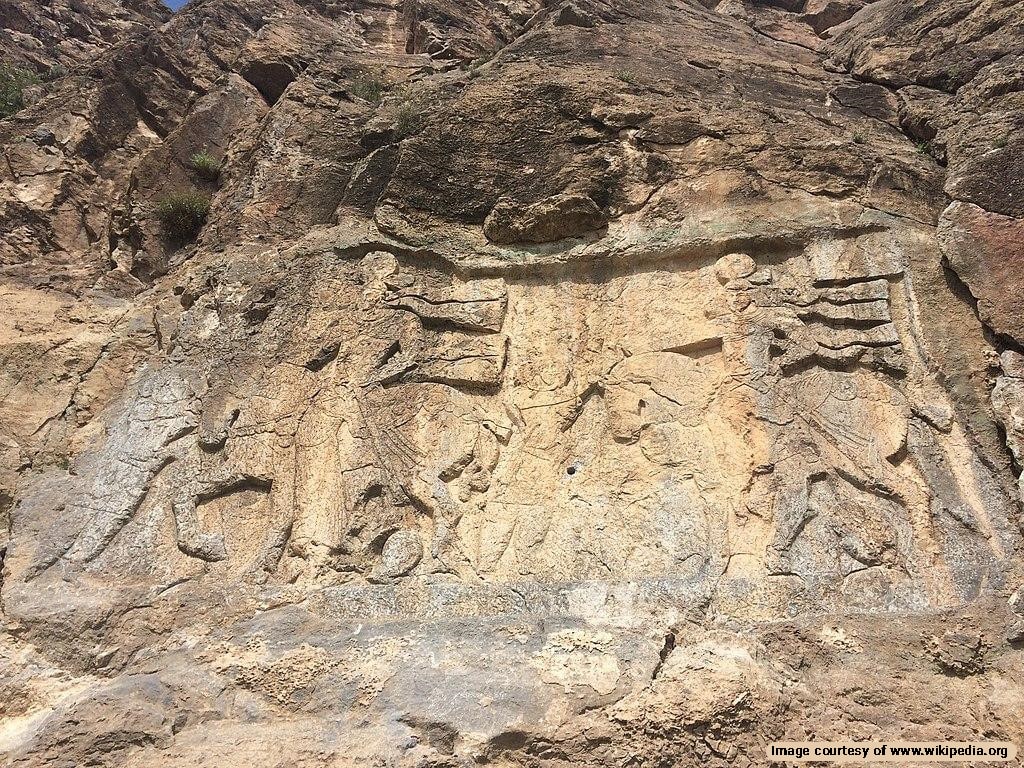
This Sassanid historical attraction is located near the Minas village on the Urmia-Salmas road. Before the Sassanid, this area was a disputed borderland between the Parthian and Roman empires. This stone inscription marks one of the key victories of Ardashir I, the founder of the Sassanid Empire over Valerian.
The inscription is 5 meters wide and 2.5/2.8 meters long. In this inscription, we can see Armenian nobles presenting gifts to Ardashir I and Shapur I after their victory. This site was added to the Iran National Heritage List in 1931.
Hadar Rock-Cut Tombs in Shurik Mountain
The rock-cut tombs on top of the Shurik mountain are attributed to the Urartu civilization in the first millennium BCE. The Hadar village is located 15 km northwest of Salmas city near the Yel Sui seasonal river. The tombs are 5 km west of Hadar village, on the Shurik mountain. They are known as Dakhmeh Dokhtar and Dakhmeh Pesar (girl and boy rock-cut tombs), The Dokhtar tomb is built inside a natural opening in the mountain.
Minas Castle on Pir Chavos Mountain
This castle is located in the Minas village on the same mountain that houses the Khan Takhti inscriptions. It is over 3,200 years old and is attributed to the Urartu civilization. The castle is made of uncut stones and limestone mortar. It also features a staircase cut straight into the mountain’s surface.
Several rooms in the castle were waterproofed using lime and were likely used to store water. Archeological discoveries in the mountain indicate that it was used in the early periods after the arrival of Islam to Iran.
Chahriq Castle
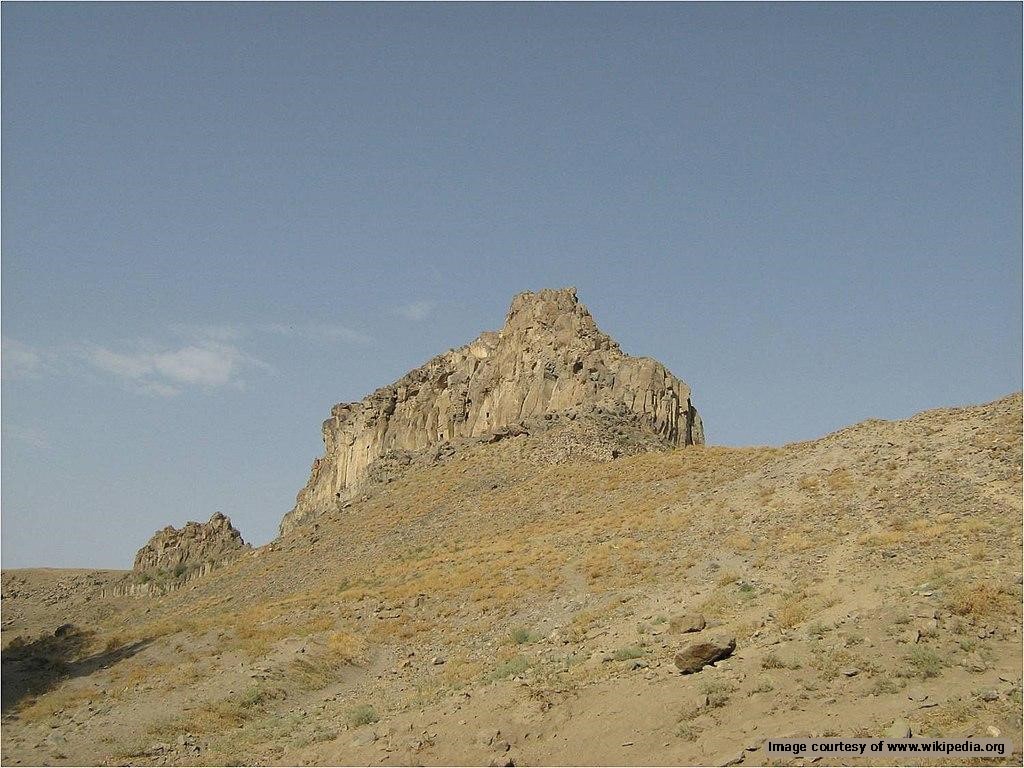
Chahriq Castle is located in a village of the same name 20 km southwest of Salmas. This fortress was built by the Urartu civilization in the first millennium BCE and was used in later periods as a military stronghold in the Ottoman-Persian war and during the battle with the Russians following the Siege of Tabriz. It was in use until the late Qajar period when Reza Shah bombed the castle during the battle between the government army and forces of Simko Shikak, a Kurdish chieftain.
This historical attraction is located on top of a natural rock formation near the Zola River. It was added to the Iran National Heritage list in 1998.
St. George Church in Haftvan Village
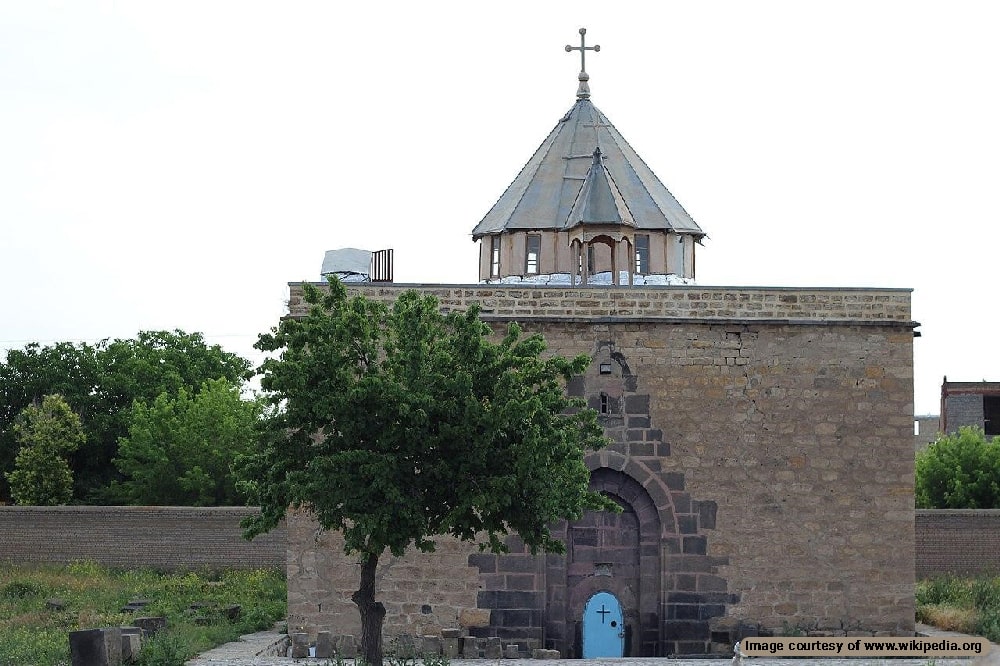
This Safavid church is located in the Haftvan village in Zulachay Rural District in the south of Salmas city. It was restored to its current form by the order of Shah Abbas I in the late Safavid era. However, the original structure dates back to the 13-14th century CE.
The building has been restored and renovated twice, first in 1652 and the second time after the devastating 1930 Salmas earthquake. The history of the building is controversial, as some claim it dates back to 900 CE.
This Salmas historical attraction was added to the Iran National Heritage List in 2001. It should be mentioned that 24 historical churches in Salmas are registered on the Iran National Heritage List.
Hammam Sheykh Tasuji
Sheykh Tasuji traditional bathhouse is located in the center of Salmas City. Shekhy Tasuji built this bathhouse after the 1930 earthquake in three years. It has a square site with an area of 860 square meters. The walls are a combination of brick and stone inspired by the Tbilisi architecture style. This traditional bathhouse was added to the Iran National Heritage List in 2000.
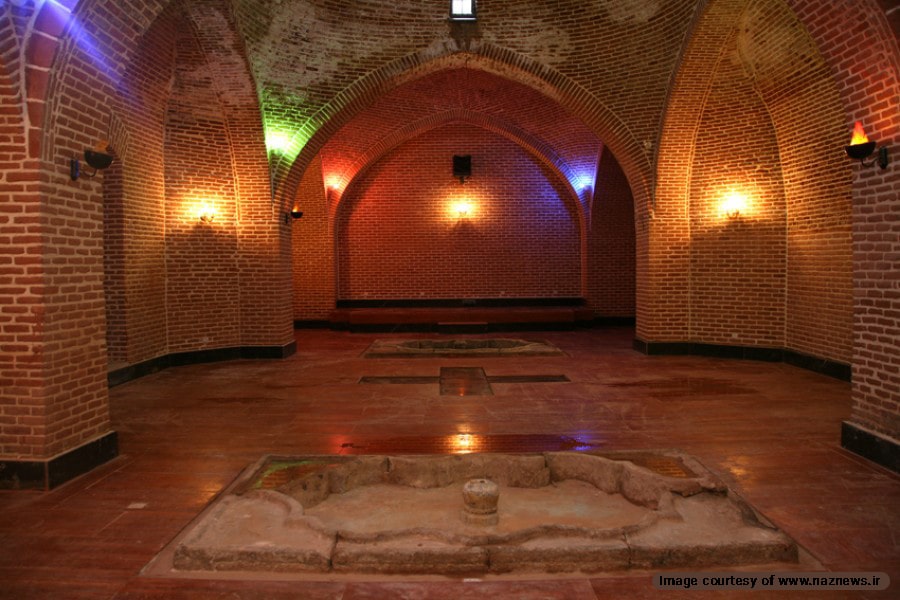
Salmas Natural Attractions
The unique geographical location of Salmas offers a variety of breathtaking natural attractions including waterfalls, caves, lagoons, and hot springs. In the following section, we will introduce some of the most beautiful Salmas natural attractions to visit during the summer and winter.
Khurkhura Waterfall (Mamakan)
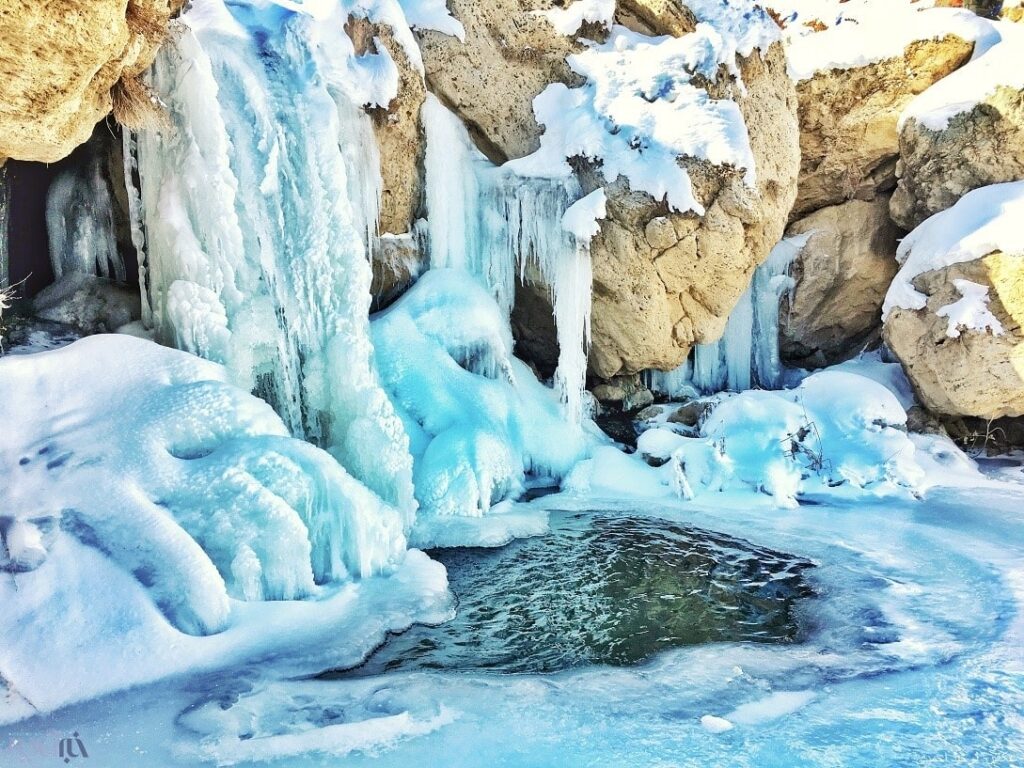
The Mamakam waterfall is located between Sargol and Mahkan villages 22 km from Salmas city. The height of this waterfall is 35 meters, and it is located in the Khor Khora Valley which is 80 meters deep. The waterfall fills a small pond at the bottom of the valley and nurtures the vegetation that grows there in the spring and summer. The sight of this frozen waterfall in the winter is incredible and is considered one of the most popular Salmas tourist attractions.
Isti Su Hot Spring
Isti Su village is located in the Kenarporuzh rural district in the southeast of Salmas on the Urmia-Salmas road. The natural hot spring in the village has therapeutic features. The water contains sulfur and other minerals which can be beneficial in treating skin issues. The water temperature is about 17 degrees Celsius.
Gharni Yariq Cave
Gharni Yariq cave is located on the Owch Qārdāsh (three brothers) mountain in the south of Salmas. There are traces of prehistoric civilizations in this area near the Zola River. There is also a castle on this mountain that has a local fable.
According to this fable, there was a princess in this castle who had three suitors, which were brothers. The brothers were tasked with digging three caves in the mountain, and the winner could marry the princess. The princess was secretly in love with the younger brother and helped him dig the cave. That’s why there are three three openings in the mountain but only one of the openings reaches the top.
Explore 10,000 Years of History in Salmas
Salmas is a city with a rich history, numerous historical attractions, and many natural sights. If you are traveling to West Azerbaijan province, do not miss visiting this ancient city. But remember to follow the guidelines and principles of responsible tourism to respect the host community and ensure a pleasant experience.
Destination Iran aims to promote valuable aspects of Iran’s tangible cultural heritage, and Salmas houses a variety of attractions from various historical periods. This makes Salmas an ideal destination to visit and explore 10,000 years worth of Iran’s history.
Where is Salmas?
Salmas is the capital of Samlas district and county in West Azerbaijan, northwest of Iran. It is close to the Iran-Turkey border and is located in the northwest of Lake Urmia.
Frequently Asked Questions about Salmas City
If you have any other questions about Salmas tourist attractions or other related topics, please let us know in the comments. We will respond as soon as possible.
Is Salmas the first checkerboard city in Iran?
Yes, after the 1930 earthquake that destroyed the old city, a new city with modern urban design was created near the original site. The checkerboard urban design made construction easier and created the first checkerboard city in Iran.
Is Salmas near Lake Urmia?
Yes, Salmas is in the northwest of lake Urmia and you can reach the lake with a direct road from this city. If you are visiting Lake Urmia, you can explore this city with a small detour.
What are the main tourist attractions in Salmas?
Salmas offers a variety of historical and natural tourist attractiosn. There are over 24 registered historical churches in this county, in addition to ancient mounds and castles such as Chahriq castle. One of the main tourist attractions is the Khan Takhti inscription that marks the victory of Sassanid king, Arsahir I, over Roman invaders.


